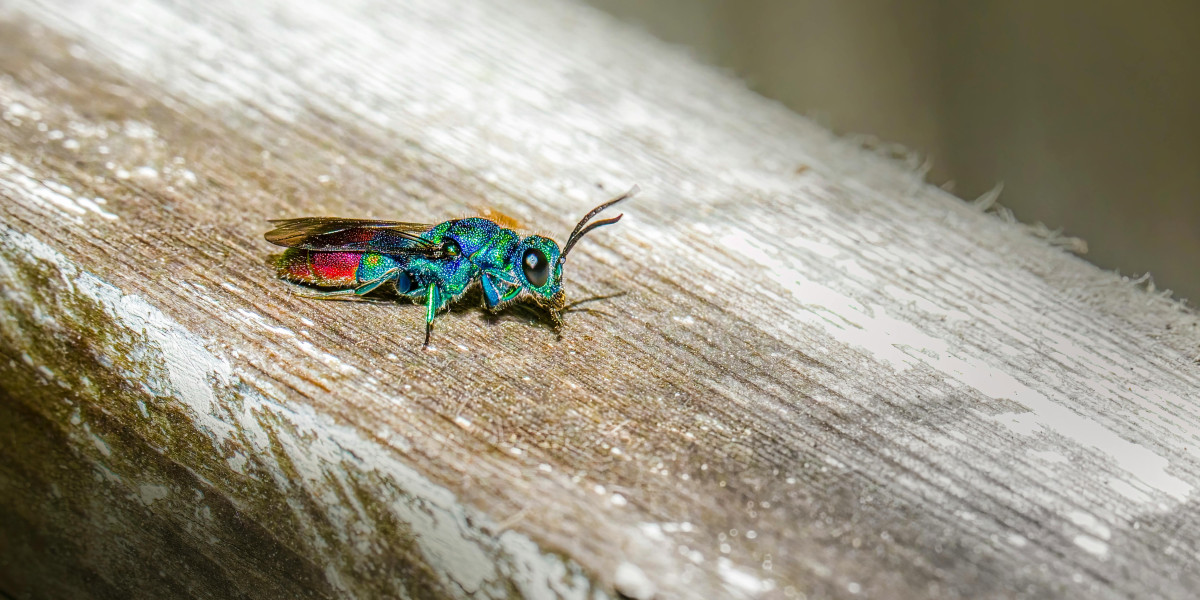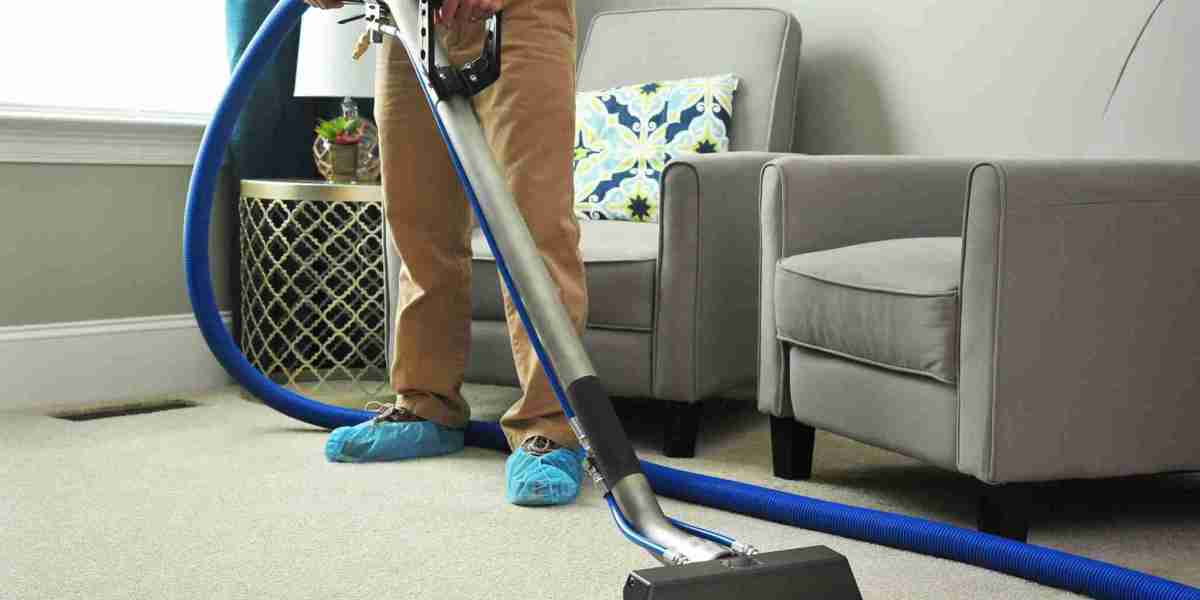No one enjoys spotting buzzing insects inside their home, especially when they turn out to be wasps. While one stray wasp might not be cause for concern, a wasp infestation can quickly escalate into a serious problem. Wasps are known for their aggressive behavior when they feel threatened, posing risks to both people and pets. By learning how to spot the signs early, you can protect your family and avoid costly repairs or medical bills.
Let’s explore some of the key indicators of a wasp infestation and how you can address the problem before it gets out of hand.
Increased Wasp Sightings Indoors
One of the earliest signs of a wasp infestation is noticing more wasps than usual inside your home. If you consistently find them in your living spaces, near windows, or around light fixtures, there’s a good chance a nest may be nearby.
Wasps often enter through cracks, vents, or open doors and windows. Once inside, they may attempt to establish a nesting site in hidden areas such as attics, basements, or wall cavities. If you spot several wasps in a short period, don’t ignore it—it could mean that a colony is already present.
Additionally, pay attention to their behavior. Wasps flying in a straight line repeatedly from one spot to another may indicate they are traveling back and forth from their nest.
Strange Sounds Behind Walls or in the Ceiling
Besides visible wasps, unusual noises can signal an infestation. Wasps build paper-like nests, and when colonies grow large, you might hear faint buzzing or scratching sounds behind walls or above the ceiling.
These sounds typically come from worker wasps chewing through drywall or wood to expand the nest or create exit routes. You may also notice soft tapping sounds, especially at night when the house is quiet.
If you hear persistent buzzing or rustling sounds in localized areas, this could point to an active wasp nest. In such cases, contacting a professional wasp removal service is a smart move to safely assess and remove the nest.
Discovering a Nest in or Around Your Property
Perhaps the most obvious sign of a wasp infestation is finding a nest itself. Wasps commonly build their nests in sheltered areas, such as:
- Attics
- Garages
- Sheds
- Eaves and overhangs
- Wall voids
- Trees and shrubs near your home
The nests typically resemble grey or brown papery structures and can range in size from a golf ball to a basketball. During the spring and summer, nests grow rapidly as the queen lays more eggs.
Importantly, never attempt to remove a nest on your own, especially if it’s large. Wasps can become highly defensive and attack in swarms. Always prioritize safety and consult a licensed wasp exterminator to handle the job.
Finding Chewed Wood or Paper Debris
Wasps are industrious builders. Many species, such as paper wasps, create their nests by chewing wood fibers into a pulp to form the structure. As a result, you might find chewed wood around fences, decks, or wooden furniture.
In some cases, small piles of wood shavings or paper-like debris may accumulate near the nest or in the areas where they are sourcing materials. These subtle signs often go unnoticed, but they are clear indicators of wasp activity nearby.
Increased Wasp Activity in Your Yard
Even if you haven’t noticed wasps inside your home yet, a spike in wasp activity in your yard could be an early warning sign. Wasps are naturally drawn to sugary substances, pet food, garbage bins, compost piles, and outdoor dining areas.
Frequent sightings of wasps hovering around flowers, trash cans, or patios may suggest that their nest is close by. As their population grows, the chances of them venturing inside your home increase.
To minimize this risk, secure outdoor garbage, clean up food scraps, and regularly inspect areas where wasps might nest.
Stings or Aggressive Behavior
When a wasp colony feels threatened, it will aggressively defend its nest. If you or your family members are experiencing unexplained stings, it may be due to hidden nests on your property. Unlike bees, wasps can sting multiple times, making them even more dangerous when disturbed.
In addition, watch out for heightened aggression when approaching certain areas of your home or yard. Wasps circling or dive-bombing you may be warning you to stay away from their nesting site.
If this behavior becomes frequent, seeking professional wasp control services is highly recommended to ensure the problem is dealt with safely.
Why Early Detection Matters
Spotting a wasp infestation early has significant advantages. First and foremost, it reduces the likelihood of stings, allergic reactions, or other health hazards. Secondly, addressing the problem early prevents structural damage to your home caused by wasps burrowing into walls or ceilings.
Furthermore, as wasp colonies grow larger, they become more challenging—and more expensive—to remove. Early action saves you from more extensive and costly intervention down the line.
When to Call the Professionals
Although DIY methods like traps or sprays can help with the occasional wasp, they are often ineffective against full-blown infestations. Attempting to remove a nest without proper equipment can put you in harm’s way.
A licensed wasp exterminator has the expertise, tools, and protective gear to eliminate nests safely. They also provide long-term solutions, such as sealing entry points and advising on preventative measures to keep wasps away.
For persistent or large-scale infestations, consider hiring a trusted wasp removal service to handle the situation quickly and efficiently.
Conclusion
Dealing with wasps is never pleasant, but knowing how to identify a wasp infestation early can help you take swift action. From spotting nests and increased indoor sightings to noticing aggressive behavior or strange sounds, these signs are your early warning system.
Always prioritize safety and consider professional help when needed. By staying vigilant and taking proactive measures, you can reclaim your home and yard from these unwelcome intruders.





